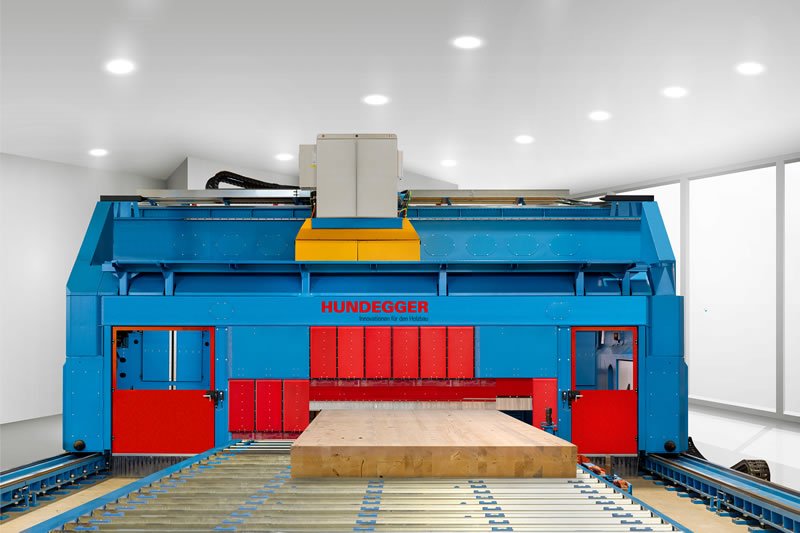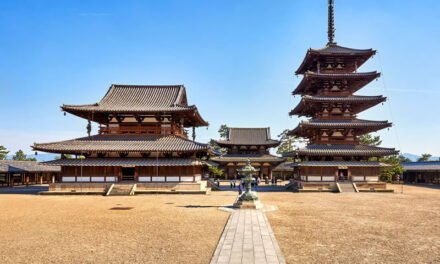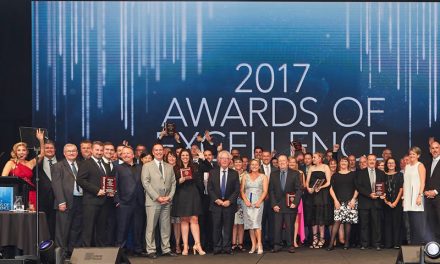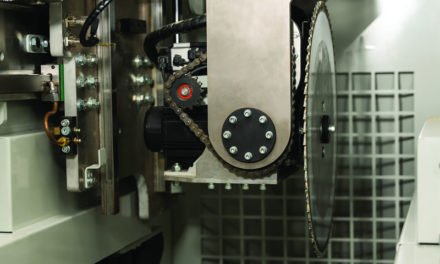Timberlink’s new CLT/GLT plant in Tarpeena has moved a step closer towards production with the order of a new Hundegger PBA Industry Machine for millimetre-perfect panels.
Tarpeena, on South Australia’s Limestone Coast is a typical small town. The pub is the centre of local life (it’s also the post office and takeaway) and there are about 400 people who live there. They lost the local school years ago but, on the upside, they have the huge Timberlink sawmill maintaining local jobs, and it’s about to grow significantly again.
Timberlink is building Australia’s first combined CLT/GLT (glulam) plant here beside the established sawmill. It’s a $60 million investment (with help from the South Australian government) and looks set to invigorate the local market in multiple ways, far beyond jobs. The newest progress announcement from the eagerly anticipated project is a contract for Hans Hundegger AG to supply key CNC machining equipment.
This supply kicks off with a Hundegger PBA Industry machine, the first delivered to the Southern Hemisphere. It weighs around 80 tonnes and uses the latest in CNC automation technology to precisely custom cut CLT pieces to order.
Most of the CLT produced will be supplied directly to builders as part of an engineered solution – an almost Lego-like method of building that focuses on offsite construction and panelisation and allows for faster, safer construction, particularly on larger builds.
“Due to the DfMA nature of the product, working in CLT or other mass timber is much more of a collaborative process than light timber,” says Sam Rowe, general manager at Hundegger Australasia. “It often starts with a builder, developer or architect asking if a project can be built in CLT rather than steel or concrete. Light timber internal structures can complement this in some cases. They come to the supplier and that supplier has engineers and designers who’ll demonstrate how it can be done.”
That demonstration takes place in a BIM (building information modelling) environment where all the details of the building are planned upfront – with full engagement of the designers, engineers and more – to ensure the best, most efficient build process as well as outcome. Details as precise as light switch and drain positions are added to the digital plans to make sure service access routes are optimised, and the digital representations generated through the BIM process allow clients to ‘step into’ and sign off on the virtual building before construction begins. The result is that by the time the materials are ordered, each piece has exact details for how it will be cut and where it will be positioned.
Timberlink’s David Oliver, EGM sales, marketing and corporate affairs, says, “The panels are then put through the Hundegger CNC machine and produced to the precise specification of the required product, which is delivered to site and incorporated directly into the building.”
The huge Hundegger PBA Industry machine delivers 63kW of power through single or dual processing spindles, which work with accurate positioning technology and a multi-tool magazine and automatic tool changer, to allow for quick, precise five-axis cutting. CAMBIUM software helps deliver high efficiency and process optimisation. It can process panels into millimetre-perfect building elements up to 16m wide, 3.5m wide and 400mm thick.
“Thanks to the upfront collaboration, and the abilities of the machine, every element is pre-designed and supplied to site millimetre perfect,” says Oliver.
“Our machines and our software work seamlessly within this process,” says Rowe. “There’s an enormous combined project experience between Timberlink and Hundegger, and a clear understanding of the local market, which are both central to how well this project will succeed.”
LOCAL SUPPLY
After a difficult 2020, during which multiple supply issues for EWP emerged (some of which are still playing out), the promise of the Tarpeena plant opening in 2023 is game-changing for the Australian market.
Not only will it guarantee high-quality CLT and glulam delivery in timely windows, but it provides a much-needed final step in the local EWP market, freeing end users from the vagaries of overseas processing.
It’s also a logical next step in Timberlink’s strong investment over recent years. As Oliver says, “We’ve invested significantly in our facilities, with $130 million combined in recent and ongoing tranches building a world-class sawmill at Tarpeena (located on the same site as the coming CLT/GLT plant.)
“We’ve also invested $32 million at our mill in Tasmania, so we’re producing more timber than we ever have, making our supply chains secure and resilient. It’s really exciting to be growing this environmentally friendly category.”
While much of the CLT produced will be supplied directly to builders as panels ready for use on site, Timberlink doesn’t expect this to be the whole of the market.
“We’ll also be working in collaboration with our existing customers for all sorts of applications,” says Oliver.
“While CLT might be mostly used on large builds now, it’s not completely straightforward as we’re seeing this market evolve, and there’s GLT, too. We’ve already got customers who are doing really clever things around prefab and projects where we’ve supplied some elements of that prefab to the fabricator or another intermediary before it goes to the builder. We’re quite open to the different timber engineered solutions our partners come up with.
“I also think, over time, we’ll see buildings similar to the demonstration building at Holmesglen TAFE with CLT on the lower levels, then a mix of CLT and GLT as you go up and traditional stick framing timber at the top. This sort of mixed construction means the overall weight of the building is lessened, but you’re still producing a structure that is a carbon-positive solution. We work with a lot of very clever people and I think we’re going to see these products evolve in quite a wide range of construction methods.”
The new CLT/GLT plant continues Timberlink’s ongoing shift to high-tech timber manufacture. The company has invested heavily in high-tech scanning systems and automation in recent years.
“The scanner we recently installed in our current plant has artificial intelligence and its machine learns and improves its grading performance over time,” says Oliver.
“That requires highly skilled people to manage that equipment, which means that our workers aren’t just employed in a safer, more physically sustainable role with us, they learn more valuable and transferable skills if they later choose to leave.”
The new 14,000m2 facility will deliver 150 local jobs during the construction phase, 27 full-time roles at start-up and 50 full-time roles in Tarpeena and across Australia (including designers and engineers) when it reaches full production levels.
Rowe sees the plant as a much-needed expansion of the wider Australian movement to working in the prefabricated and panelised area. “We’ve seen people like Timber Building Systems in Melbourne delivering multi-storey residential projects to NZ,” he says. “There’s a lot of cool stuff coming in prefab and mass timber and it’s only going to get bigger.”
Oliver agrees: “This is a really impressive, significant investment, both in terms of people and material. We’re really excited about the first combined CLT/GLT plant in Australia and being able to provide a carbon-positive material that’s made from plantation pine, the ultimate renewable.”
For more details, visit www.timberlinkaustralia.com.au and www.hundegger.com.au
Image: Hundegger’s 80-tonne PBA Industry machine can cut 16m lengths of CLT to millimetre-precise tolerances for services, openings, attachment and anchoring points and more. It can also cut the glulam that will be produced at Timberlink’s upcoming CLT/GLT plant at Tarpeena in SA.












